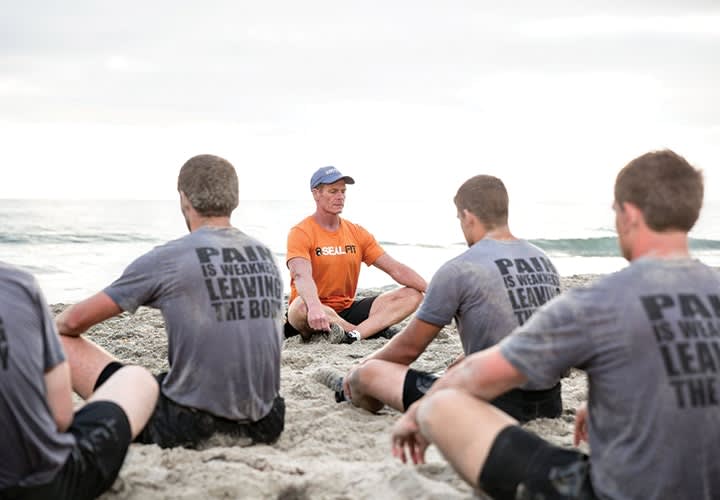So much has changed in my 25 years in law enforcement. Communications devices, less-lethal devices, tactics, training, paperwork—and more paperwork. In fact, when I see photos of my 1992 patrol vehicle, that car looks old-school. No matter what equipment or ideas have changed, though, one inescapable feature of this job has not changed: stress. That is why I am so glad that a tried and true, simple and highly effective stress-reduction tool has been written about and taught since before my law enforcement career even began. It is a breathing technique that has had several monikers, including "Box Breathing."
In my previous article ("Just Take a Deep Breath," Dec. 2016) , we discussed the importance of slow deep breathing and that law enforcement officers may achieve better performance and resiliency when they learn to control how they breathe. "Box Breathing" is another way of using breathing to heighten performance and resiliency. This slow, deep-breathing technique has been around for many years and has been utilized by professional athletes, fighters, elite military personnel, and law enforcement officers. Regular use of this breathing technique can enhance concentration, lower heart rate, lower blood pressure, reduce stress, and assist with emotional regulation.











